Have you ever wondered that there is ice formed on my air conditioner and what does it mean? Well, first thing for you to know is that ice formation on an air conditioner is a common problem. When ice or frost builds up on your AC unit, cooling process gets effected. In worse cases an air conditioner stops cooling completely.
3 most common reasons behind the ice formed on my air conditioner are:
Dirty air filter
Dirty air filter of your air conditioner hampers airflow over the cooling coils or evaporator coils. Constant air flow inside your AC maintains the temperature of the cooling coil above freezing point. But when this air flow gets restricted by the clogged air filter, the cooling coil gets too cold. This phenomena later causes the moisture in the room to condense on the coil and freeze. The frost developed over the coil further reduces the airflow and eventually the AC stops cooling completely. To prevent this problem of ice formation on AC, clean the air filter of your AC from time to time.
Here’s some Air Filters that acts as Air Purifiers as well available online:
- Nirvana Being Nanotech Split (Wall-Mounted) AC Filter
- 3M AC Filters for converting Split AC into air Purifier [Dust, Pollen & Allergens, 4 Sheets, 2 Change Indicators]
- 3M AC Filters for converting Split AC into air Purifier [Dust & Pollen, 4 Sheets, 2 Change Indicators]
- 3M Anti Pollution Filter for Converting AC into Air Purifier
Insufficient coolant level
When the level of coolant (Freon) is less than the required amount, the temperature of cooling coil drops much below the normal. Due to this phenomena the moisture in the room condenses on the coil and freezes. To rectify this issue of ice formation on AC, call an AC repair professional as he will be able to accurately determine if the refrigerant level is just right in the cooling coils. (Image source: www.kingersons.com)
Faulty evaporator fan
The evaporator fan constantly blows air inside the AC unit and keeps the temperature of cooling coils above the freezing point. This prevents frost formation on coils. But a faulty fan allows the temperature of cooling coils to drop much below the freezing point causing room moisture to condense and convert into frost on the coils. To rectify this issue of ice formation on AC, call an AC repair professional. (Image source: www.wikihow.com)
If you are looking forward to change your Fan Motor we have some recommendations:-
Indoor Fan Motor
Outdoor Fan Motor
- Raptor Air Conditioner Motor 55 watt 900 RPM Outdoor Unit RA 705
- Raptor Air Conditioner Motor 63 watt 1150 RPM Outdoor Unit RA
- Raptor Air Conditioner Motor 118 watt 930 RPM Window Unit RA 262
- Air Conditioner Motor 93 watt 1050 RPM Outdoor Unit RA 203
(Cover image source: www.energyvanguard.com)
Loading recommendations...

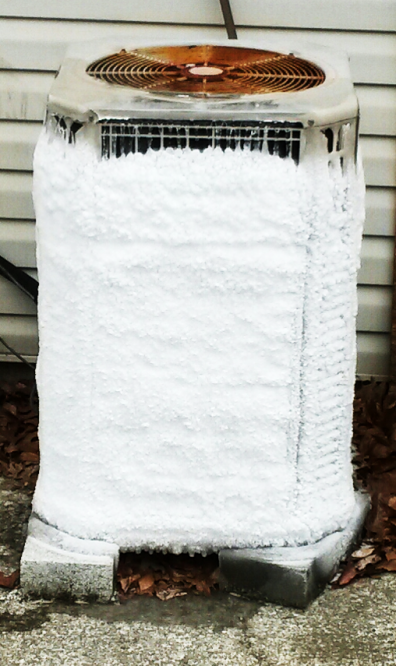



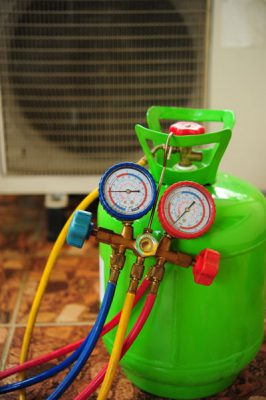
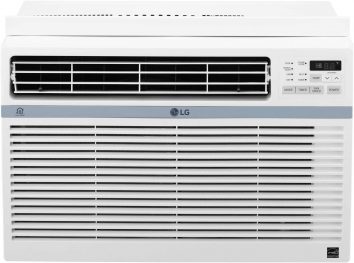
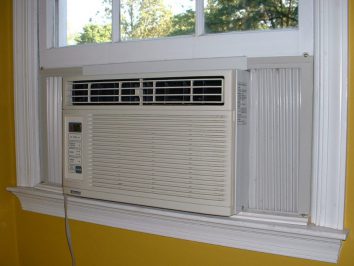
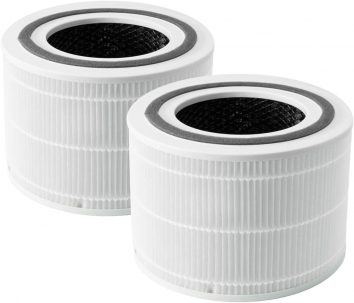
a very good post shared by you, sir. thanks for giving such good information free
Sir my split AC indoor and outdoor units are at a height difference of 6-7ft vertically.my question is whether it would affect the cooling and will it impact the compressor?
Icing on AC. All that mentioned done. Also relay for blower on PCB changed. Was OK for 2 days. Once again icing started. Please suggest remedy. I am at a loss to understand the reason.
my split ac have always ice even it is clean
First service , both units indoor and outdoor with jet pump, if it’s not work then 2nd step is full fill the gas even it’s not work so check the open pipe line it’s Chowk bent ..
Hello , very iformative and easy to understand posts by you. you stand apart from rest of all . good job, it helps lot
cooling coil ice & pipe ice
waooo thanks i will see to it and rectify as well
three answer really help me,, thankyou
Faulty evaporator fan !!! Thanks !
At last i found answer for my problemnn